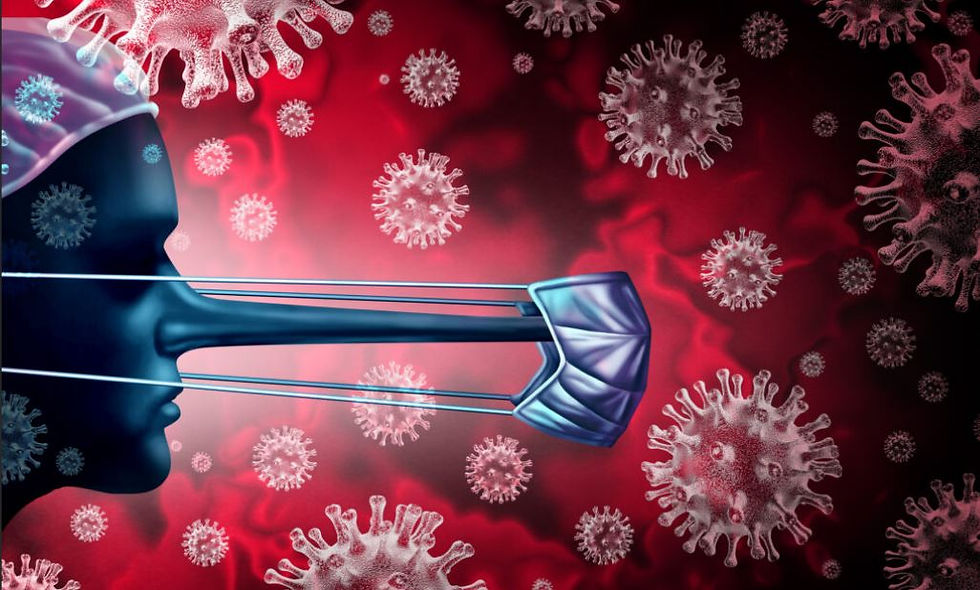Barriers to the Treatment of People and Families with Addictions
- Arnaldo Cruz Igartua

- Mar 7, 2022
- 3 min read

From the epidemiological studies in Puerto Rico carried out by ASSMCA we see that the offer of scientific treatment to people and families with addictions is lower than to people with other mental and/or physical illnesses (see graph and references below). That lack of equity in available treatments is further complicated by several factors.
Prejudice and discrimination against people who suffer from addictions even by some of their close relatives. They are seen as "vicious; delinquents, manipulators, etc." and they usually reject them, remove them from jobs or studies or isolate themselves from them. Active addictions are not considered a cause of disability. The government does not pay for interdisciplinary treatment or specialized addiction therapeutic communities.
People with addictions fear rejection, are not motivated to stop using substances or fear pain when detoxifying, and are reluctant to seek help. In addition, the use of addictive substances decreases their ability to realize the damage caused by the use of substances and affects their educational, social, and work functioning. Patients who combine alcohol, marijuana, or other addictive substances with their psychiatric medications diminish their therapeutic effect and worsen both medication compliance and the prognosis of being able to recover from their mental illness.
The rule rather than the exception is that most of these people with active addictions suffer from more than one active mental illness at the same time. It is the rule rather than the exception that they abuse multiple substances at the same time or that they have substance-induced or addiction-independent mental disorders that are further impaired by substance abuse. As we can see in the graph, the offer of scientific treatments for this population is even much lower (9 out of 100 people receive specialized help).
The government has legalized the use of pseudoscientific terms and has normalized the use of an addictive poly-substance: Cannabis; by calling it "medicinal or recreational Cannabis" he is using pseudoscientific terms (it seems to be science but it does not use the scientific method or the specificity or standardization of doses nor is it replicable but rather anecdotal results). This confuses many people and they mistakenly think that this poly-substance (smoked cannabis) is medicine or that its use is safe.
The government allows the use of alcohol, tobacco, and poly-substance cannabis (and its high-THC derivatives) by 18-year-olds instead of 21-year-olds. It also allows ads for addictive substances such as tobacco, alcohol, and marijuana. and some addictive medications such as pain relievers and tranquilizers. This misinforms and normalizes the use of these, inducing adolescents and young adults to abuse them.

What can we do?
Attend education groups for families with addictions such as FASES
The practice of inviting the person with active addiction to dialogue when they show openness in their neuro-psychological ambivalence.
Practice empowerment with the person with active addiction
Know how to assess when it can go hand in hand and increase the danger associated with the use of substances in the person with active addiction (driving under the influence, dangerous at work, violence, or violating laws). Then consider professional guidance to the family.
In serious cases of danger to oneself or to others or property, an important option would be to seek guidance in a specialized Drug Court.
Organizations like FASES can eventually bring and present to the media the scientific side of the lack of equity and prevention, professional evaluation, and scientific services to this population of people and families with addictions.




Comments